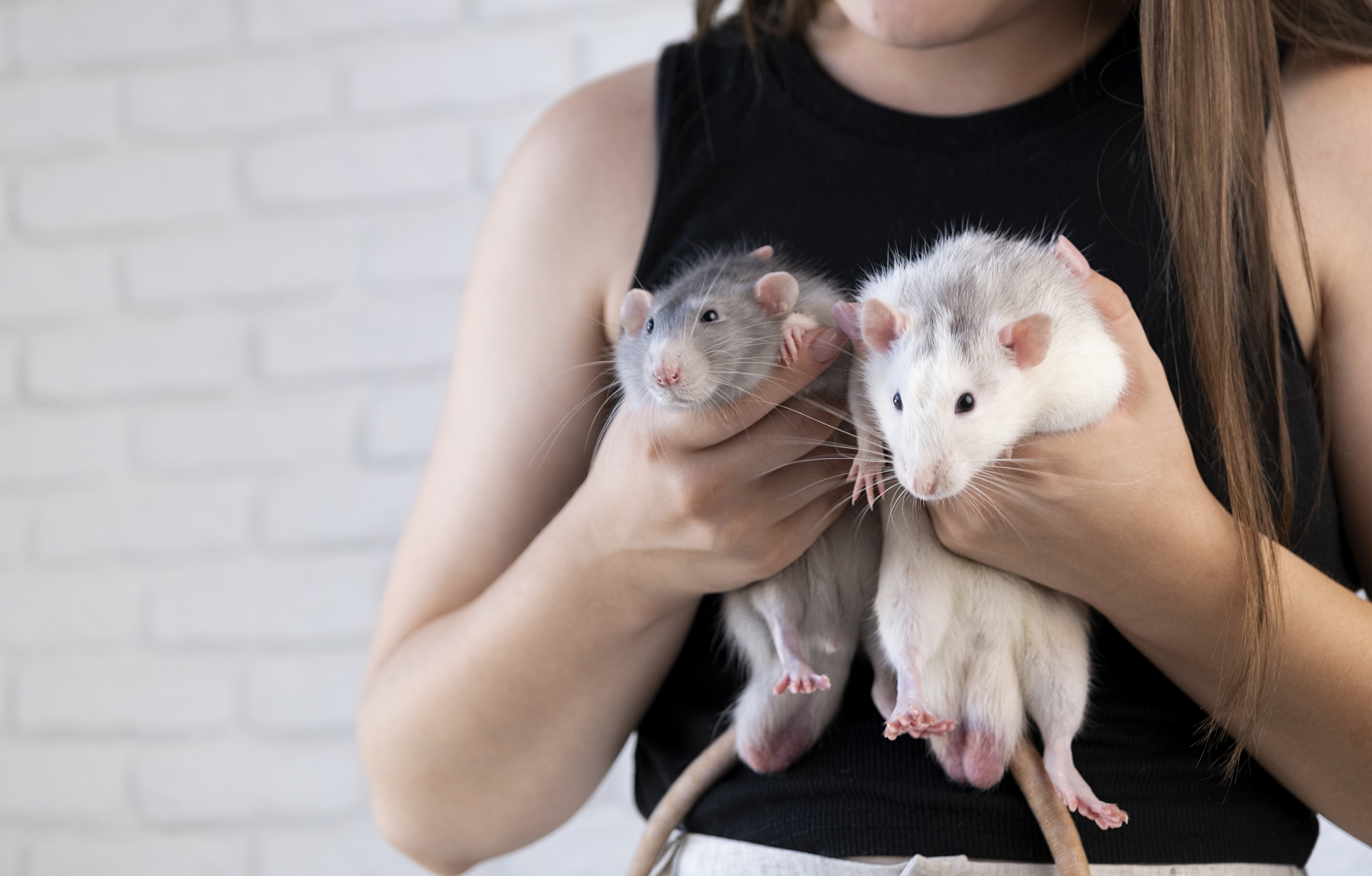10 Weird Animal Superstitions From Around the World
Throughout human history, animals have played a pivotal role in shaping cultural beliefs and superstitions across the globe. From the ancient Egyptians who revered cats as sacred beings, to the Norse mythology that depicted ravens as messengers of the gods, animals have been imbued with mystical qualities that transcend mere biological existence. These superstitions often arise from a blend of observation, myth, and cultural storytelling, creating a tapestry of beliefs that reflect humanity's attempt to find meaning in the natural world. As societies evolved, these animal superstitions became deeply interwoven with religion, folklore, and tradition, influencing everything from daily life to major societal decisions. This article delves into 10 bizarre animal superstitions that have not only shaped beliefs but have also left an indelible mark on global cultures, offering a fascinating glimpse into how humans perceive the animal kingdom.
1. The Mysterious Black Cat - Harbinger of Luck or Misfortune
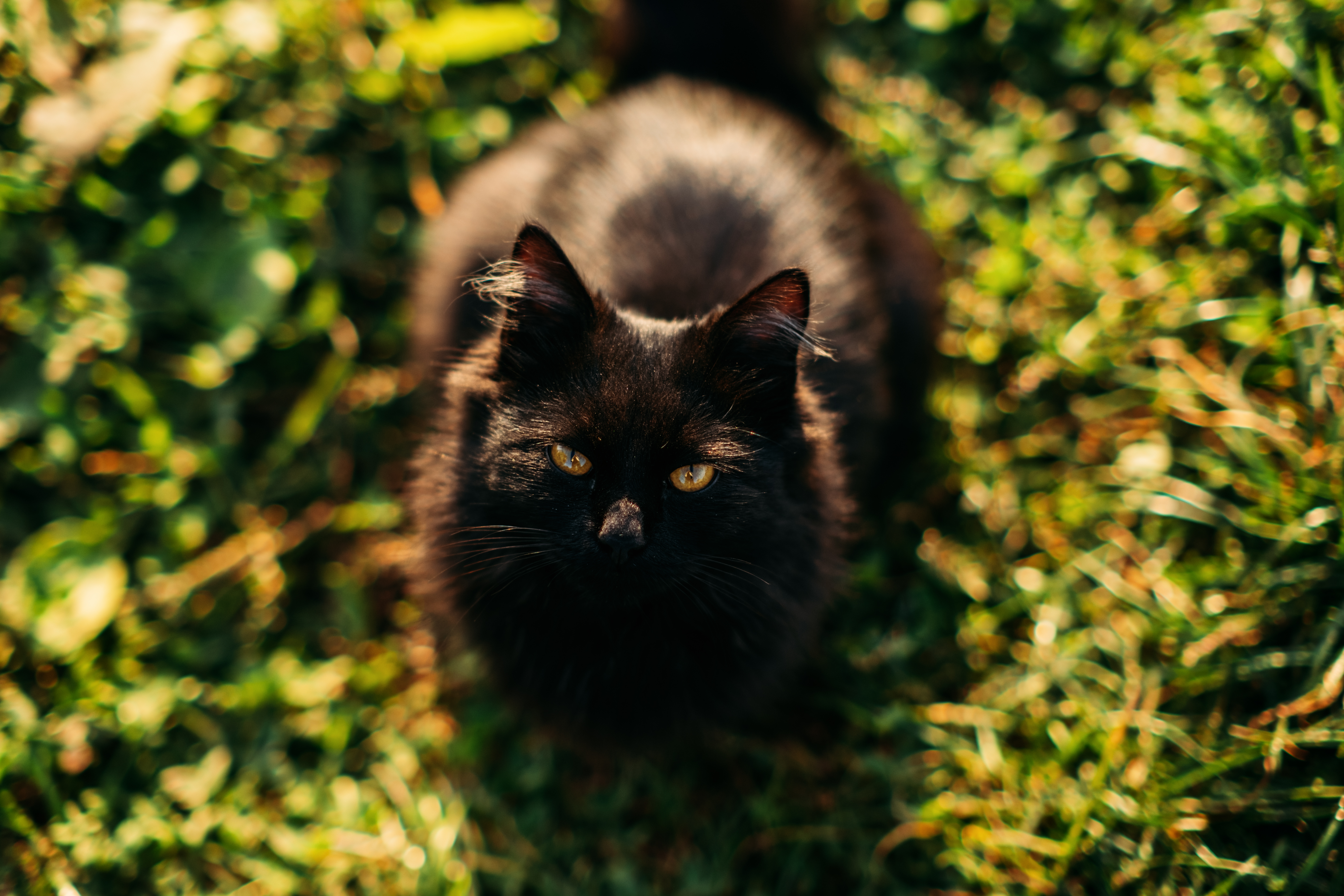
In Western cultures, the black cat is often associated with bad luck, a superstition that dates back to the Middle Ages. It was believed that witches could transform into black cats, and thus, spotting one was considered an omen of misfortune. This belief was so pervasive that black cats were often killed during witch hunts. However, not all cultures view black cats negatively. In Scottish folklore, a black cat appearing on your doorstep is a sign of prosperity, while in Japanese culture, they are seen as symbols of good luck and protection. The dichotomy in beliefs highlights how cultural narratives can shape perceptions of the same animal in vastly different ways. Despite their varied reputations, black cats have remained enigmatic figures in folklore, embodying a blend of fear, mystery, and admiration.
2. The Cunning Fox - Trickster or Wise Guide

The fox, with its cunning nature, has been a central figure in many cultural superstitions. In Native American folklore, the fox is often portrayed as a trickster, a being that uses its wits to outsmart others, teaching valuable lessons about the consequences of pride and arrogance. Conversely, in Japanese Shinto beliefs, the fox, or kitsune, is revered as a wise and powerful spirit capable of warding off evil. Kitsune are believed to possess magical abilities, including shape-shifting, and are often seen as messengers of the deity Inari. These dual representations of the fox as both a trickster and a wise guide illustrate the multifaceted roles animals play in human storytelling, reflecting our complex relationship with the natural world.
3. The Owl's Omen - Symbol of Wisdom or Death
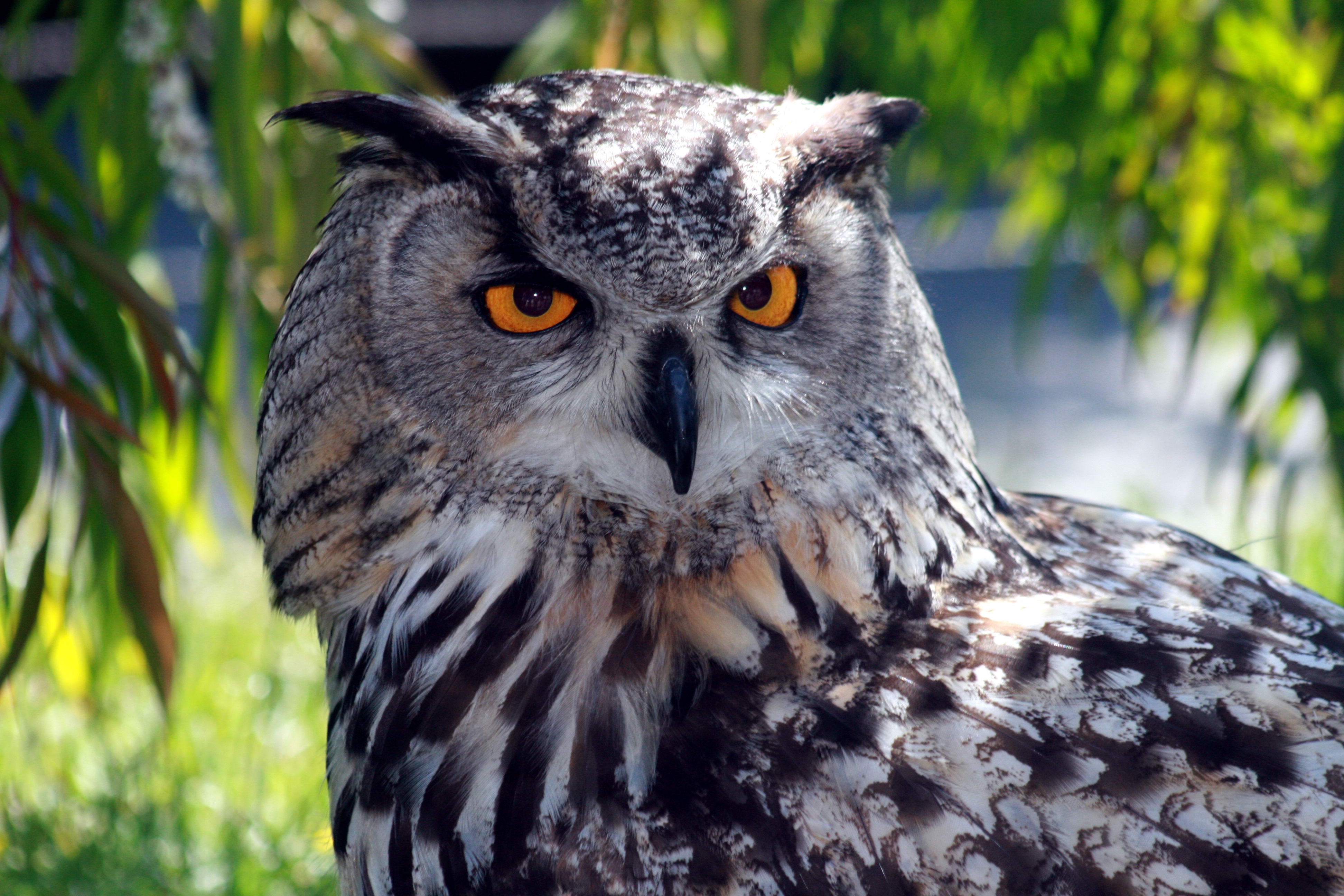
Owls have long been associated with wisdom, a belief that stems from ancient Greek mythology where the owl was the sacred bird of Athena, the goddess of wisdom. This association has persisted through the ages, with owls often symbolizing knowledge and insight. However, in many cultures, owls are also seen as omens of death. In some Native American tribes, the hoot of an owl is believed to foretell the death of a loved one. Similarly, in ancient Rome, the appearance of an owl was considered a portent of doom. These contrasting beliefs highlight the duality of the owl's symbolism, embodying both the pursuit of knowledge and the inevitability of mortality.
4. The Rabbit's Foot - Talisman of Fortune
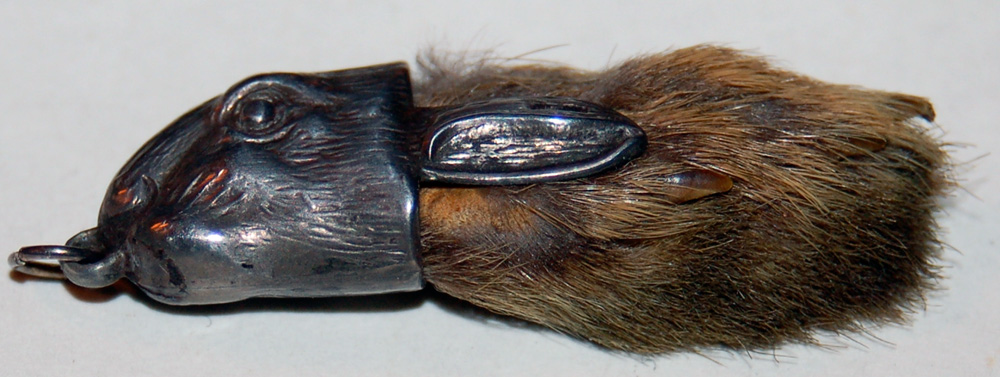
The belief in the luck of the rabbit's foot is a superstition that has endured for centuries, particularly in Western cultures. This superstition likely originated from the Celtic tribes of Europe, who believed that rabbits, being burrowers, had a special connection to the earth and its spirits. Carrying a rabbit's foot was thought to bring good fortune and protect against evil spirits. The superstition was later popularized in the United States, where it became a common talisman for luck. Despite its widespread acceptance, the origins of this belief remain shrouded in mystery, reflecting the human tendency to assign mystical properties to the natural world in the quest for security and prosperity.
5. The Raven's Role - Messenger of the Divine or Harbinger of Doom
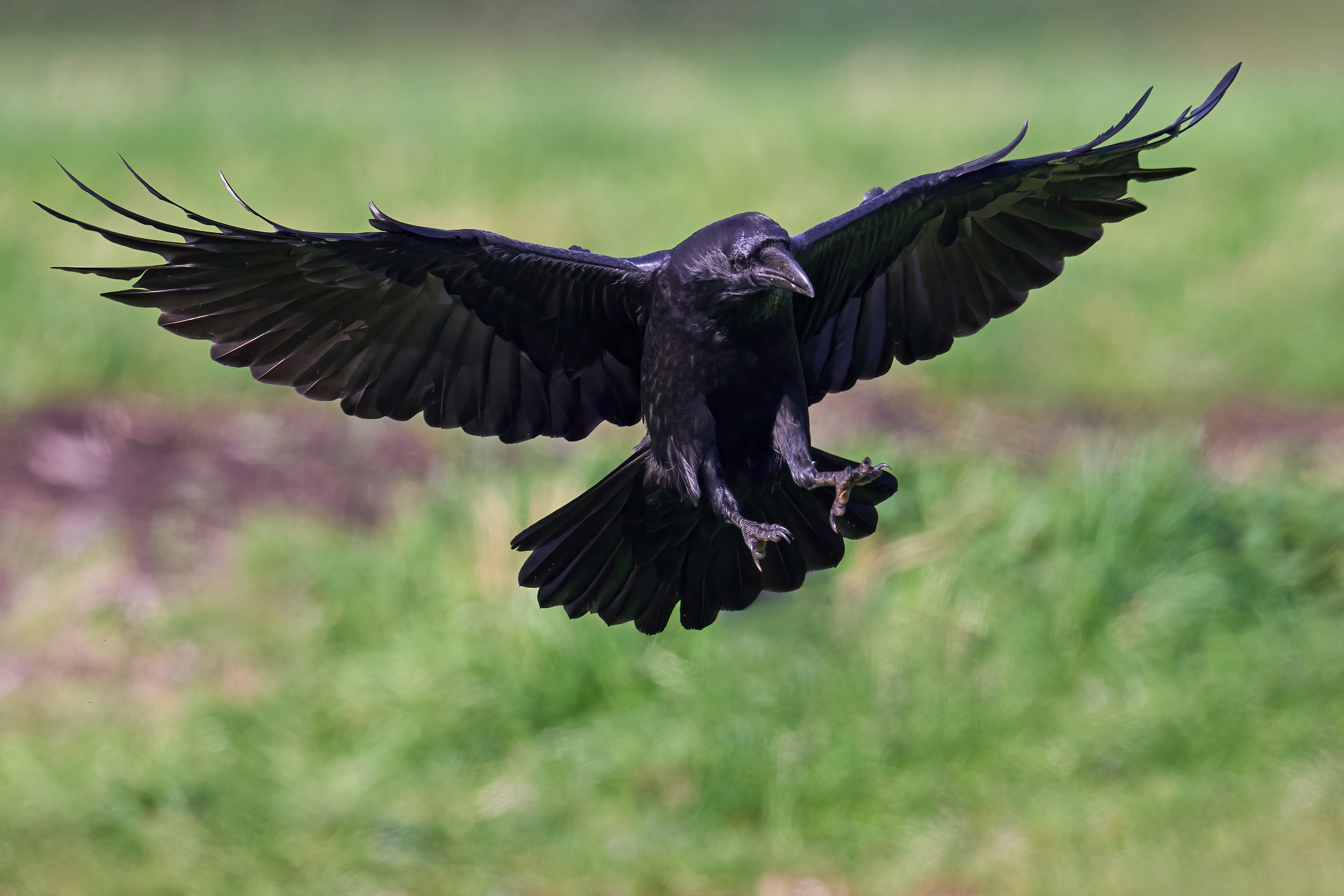
Ravens have been depicted as both divine messengers and omens of doom in various cultural narratives. In Norse mythology, Odin, the chief god, had two ravens, Huginn and Muninn, who flew across the world to gather information for him. This portrayal of ravens as wise and knowledgeable beings contrasts sharply with their depiction in Western literature, where they are often associated with death and ill fortune, as famously illustrated in Edgar Allan Poe's poem "The Raven." The raven's dual role as a bearer of wisdom and a symbol of dark foreboding underscores the complexity of human interpretations of animal behavior, shaped by cultural context and historical events.
6. The Serpent's Sway - Symbol of Healing or Deception
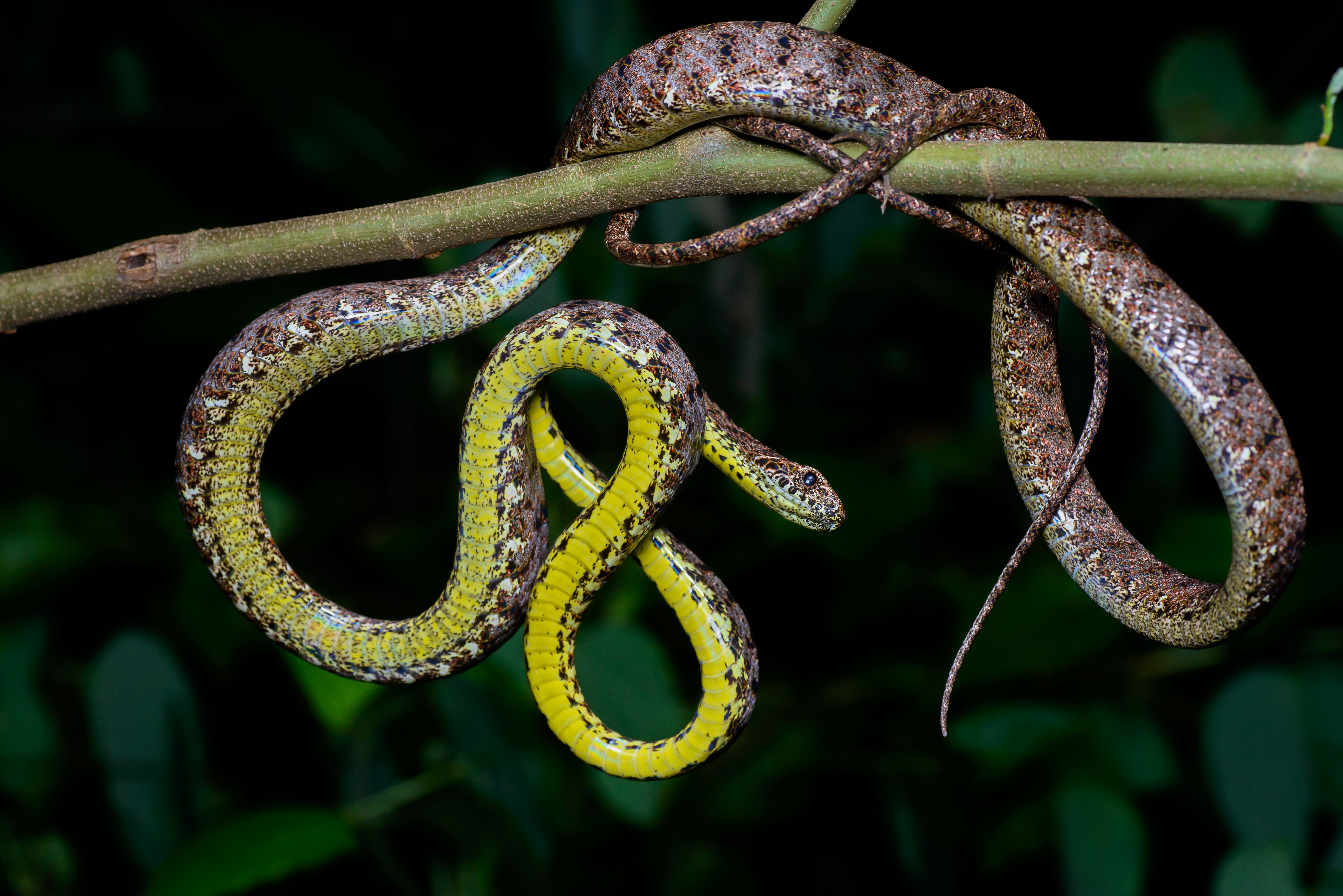
Serpents have long held a place in the annals of superstition, representing both healing and deception. In ancient Greek mythology, the serpent was associated with Asclepius, the god of medicine, symbolizing renewal and healing. This symbolism persists today in the form of the Rod of Asclepius, a serpent-entwined staff that is a symbol of medicine and healthcare. Conversely, in Judeo-Christian tradition, the serpent is often seen as a symbol of temptation and deceit, as depicted in the story of Adam and Eve. These contrasting representations of serpents highlight their complex role in human mythology, embodying both the potential for healing and the dangers of deception.
7. The Elephant's Memory - Keeper of Wisdom or Bearer of Burden
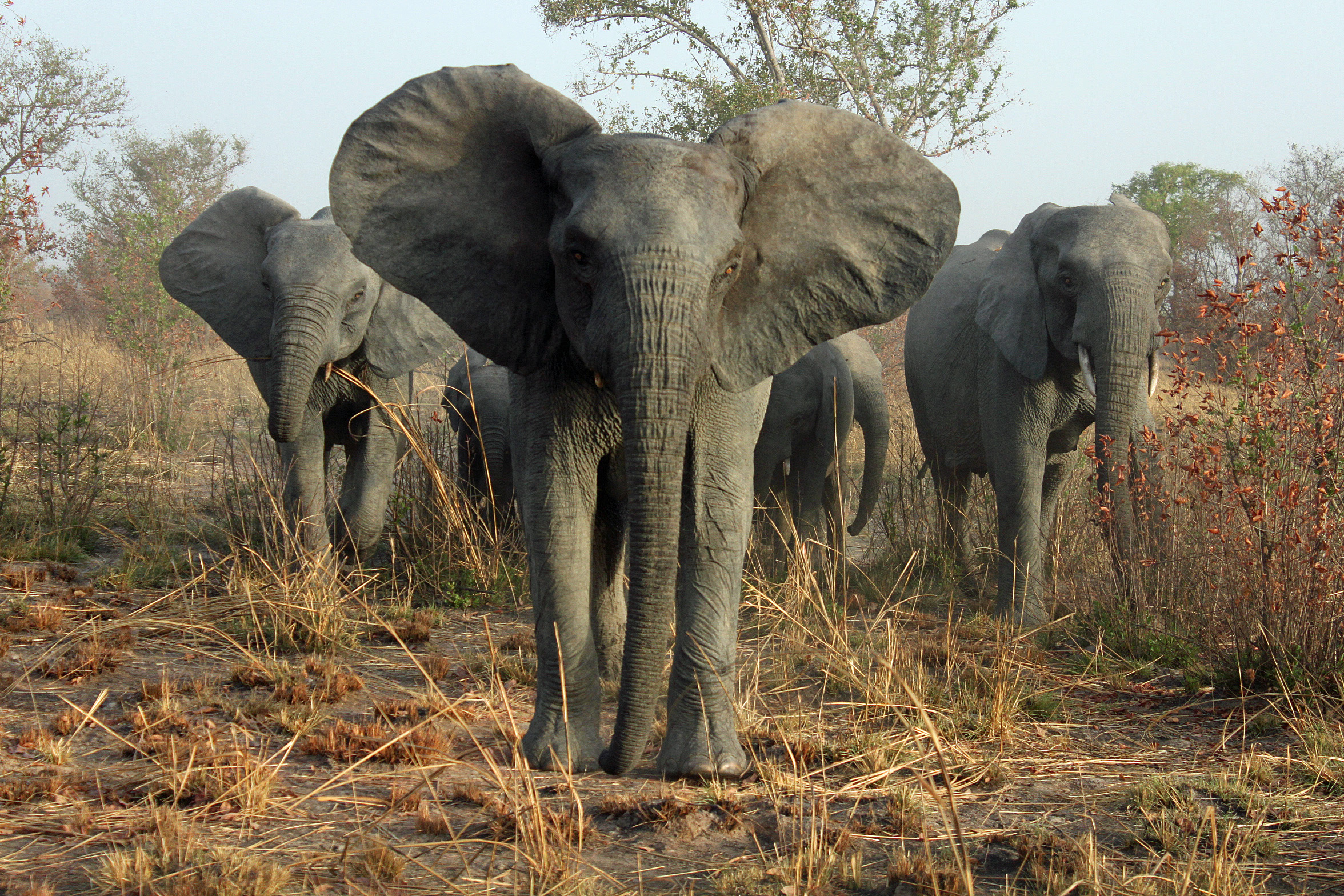
Elephants are often revered for their intelligence and memory, qualities that have inspired numerous superstitions and beliefs. In Hindu culture, the elephant-headed god Ganesha is worshipped as the remover of obstacles and the deity of intellect and wisdom. Elephants are also seen as symbols of good luck and prosperity in many Asian cultures. However, in some African traditions, elephants are viewed as omens of misfortune, particularly when they appear in dreams. These beliefs reflect the dual nature of elephants as both wise and powerful creatures, capable of bringing both blessings and challenges to those who encounter them.
8. The Lucky Ladybug - Harbinger of Good Fortune
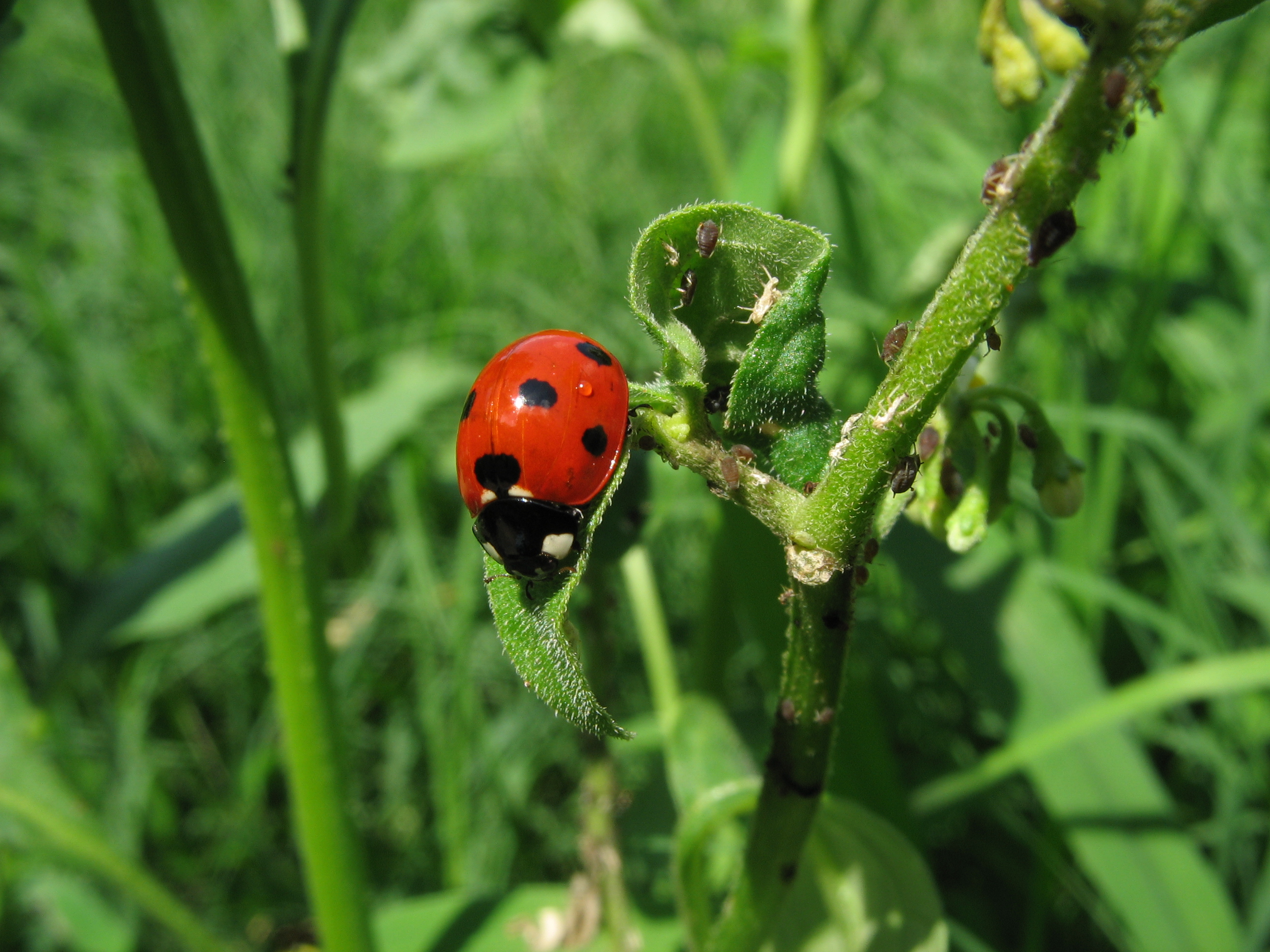
Ladybugs are often considered symbols of good luck, a belief that has its roots in European folklore. It is said that if a ladybug lands on you, it brings good fortune and that the number of spots on its back indicates how many months of luck you will have. This superstition likely originated from the association of ladybugs with the Virgin Mary, as they were believed to be sent by her to protect crops from pests. The ladybug's status as a bringer of good luck has persisted through the ages, reflecting the human desire to find hope and positivity in the natural world.
9. The Bat's Image - Guardian of the Night or Creature of Darkness
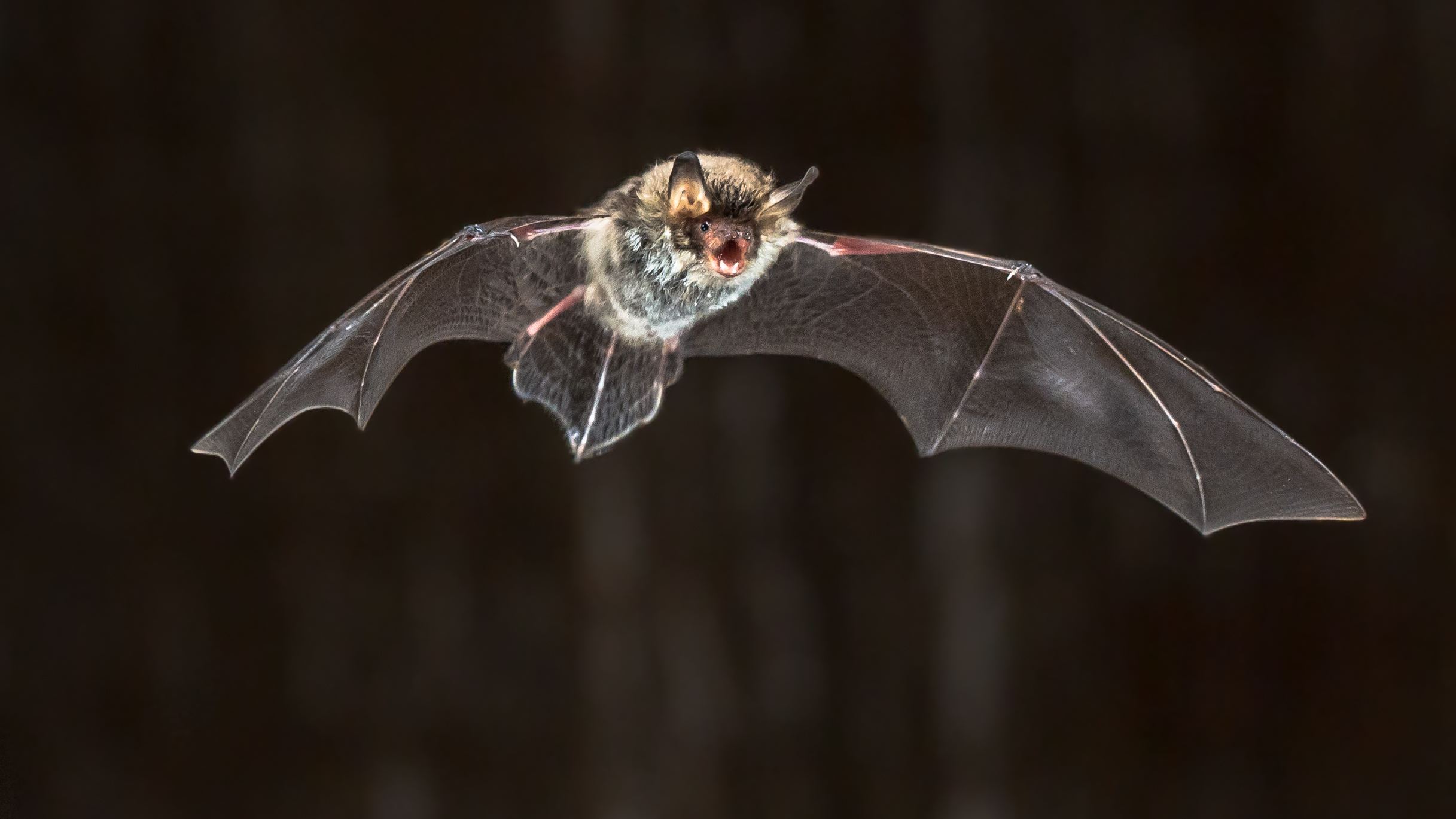
Bats have long been associated with darkness and the supernatural, often depicted as creatures of the night with sinister connotations. In Western folklore, bats are frequently linked to vampires and other nocturnal creatures, symbolizing fear and the unknown. However, in Chinese culture, bats are seen as symbols of good fortune and happiness, as the word for bat, "fu," sounds like the word for "blessing." This positive association is reflected in Chinese art and architecture, where bats are often depicted as auspicious symbols. The contrasting perceptions of bats highlight the cultural differences in interpreting the natural world, shaped by language, tradition, and historical context.
10. The Peacock's Feather - Symbol of Beauty or Ill Omen
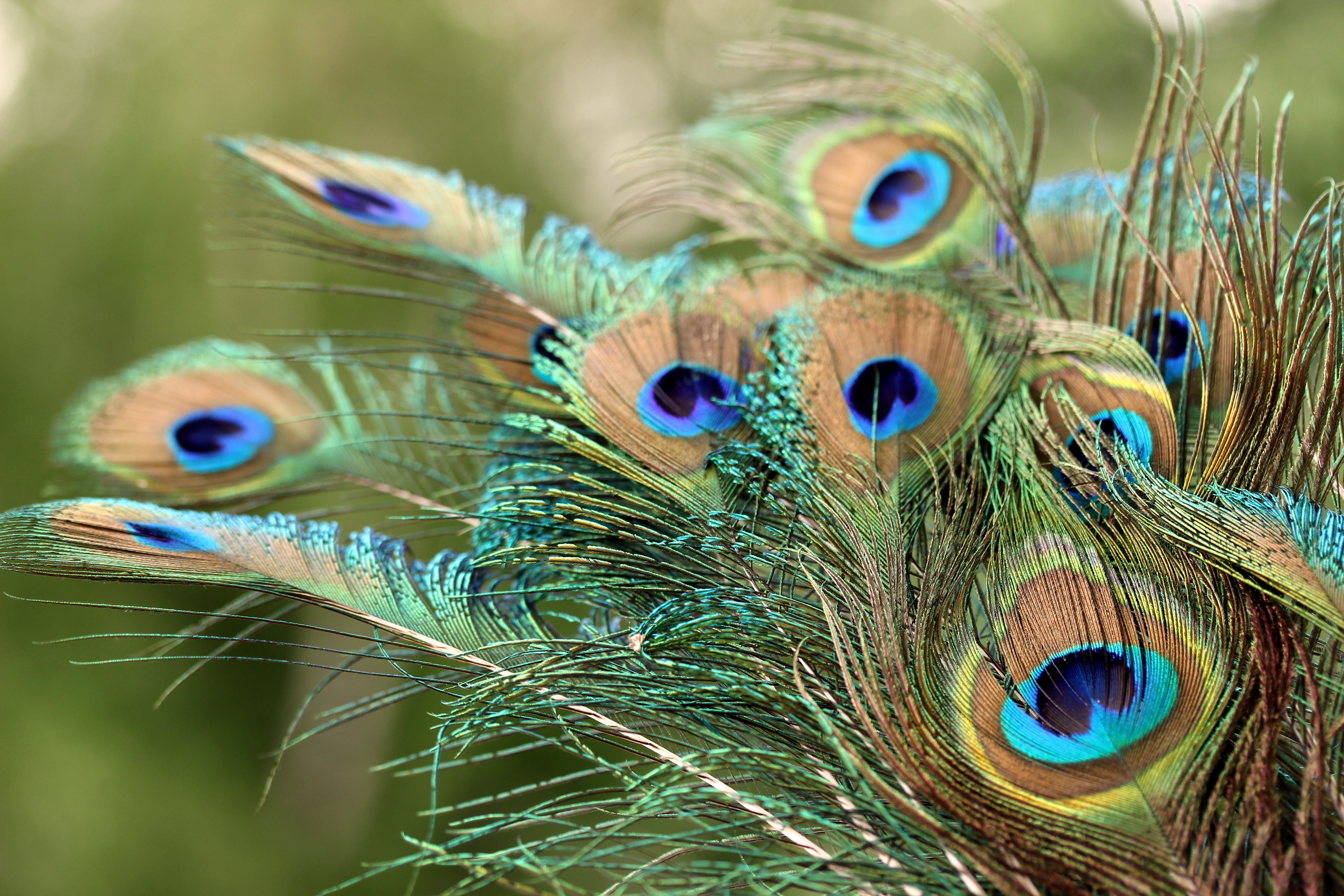
Peacock feathers are renowned for their stunning beauty, but they also carry a wealth of superstitions. In many cultures, the peacock is seen as a symbol of beauty, immortality, and renewal, owing to its ability to shed and regrow its feathers. In Hinduism, the peacock is associated with Saraswati, the goddess of wisdom and the arts. However, in some European cultures, peacock feathers are considered bad luck, believed to bring misfortune if kept indoors. This superstition may stem from the "eye" patterns on the feathers, which were thought to ward off the evil eye but also invite scrutiny and jealousy. The dual nature of peacock feathers as both symbols of beauty and ill omens underscores the complexity of human beliefs and the diverse ways in which animals are perceived.
Animal superstitions offer a fascinating glimpse into the human psyche, revealing how cultures across the globe have sought to understand and interpret the natural world. These beliefs often reflect a deep connection to nature, as well as the human desire to find meaning and order in the universe. While some superstitions may seem bizarre or unfounded, they continue to influence modern beliefs and practices, highlighting the enduring power of folklore and tradition. As we step into the world of quirks and explore these 10 bizarre animal superstitions, we gain a deeper appreciation for the rich tapestry of human culture and the timeless bond between humans and the animal kingdom.

